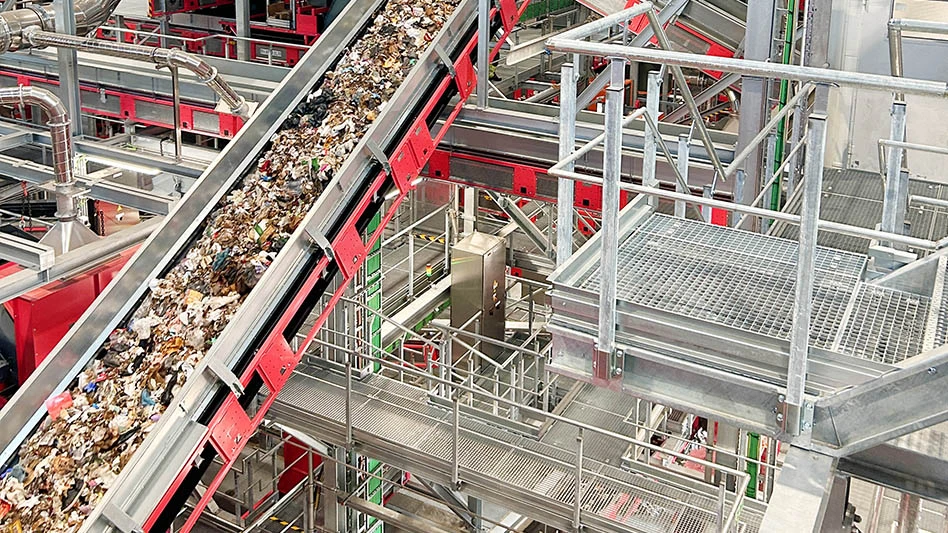
Photo provided by iStock
Citing figures from Chinese and Shanghai government agencies, a recent analysis indicates successful recycling and organics diversion programs are beginning to result in under-utilized incinerators in that nation.
According to the London-based China Dialogue, as residents of Shanghai began supporting the city’s recycling and organics diversion programs in the later years of the previous decade, it began a shift of materials away from the region’s once highly active incinerators and landfills.
Figures credited to the Shanghai Solid Waste Pollution and Environmental Data Bulletin show the Shanghai region’s incinerated and landfilled waste volume peaked at 7.78 million metric tons in 2018. By 2021, that figure had declined by more than 29 percent to 5.49 million metric tons.
Meanwhile, materials diverted for recycling and organics processing rose by 284 percent from 1.68 million metric tons in 2017 to 6.46 million metric tons in 2021.
While that news is undoubtedly good for the nation’s circular economy ambitions, the China Dialogue report says one downside is that during that five-year stretch many local and provincial governments were confronted with an issue of incinerator overcapacity.
In several Chinese cities, including Shanghai, “The [recyclables] sorting policy left incinerators suddenly short on fuel and sometimes forced to shut down,” Li Jiacheng of China Dialogue writes in an analysis posted in early September.
“In May this year, the Shanghai Laogang Waste Disposal Co. recorded 88 days of stoppage across its 12 incinerators, meaning 24 percent of capacity was wasted that month. The system had reached overcapacity.”
The recent emulation of Shanghai’s recycling and organics program in numerous other Chinese cities means the condition is not specific to Shanghai.
“There were 8,499 ‘planned stoppages’ during May, meaning at least one incinerator at a plant was not operating," Li writes. "In some cases, incinerators were idle for more than half the month. While other factors contribute to stoppages, such as aging incinerators kept as backup but left idle in favor of newer ones, these high numbers mean some are simply not being used.”
According to Li, the central government in China had planned on increased waste-to-energy or incinerator output in its 2021-2025 Five-Year Plan. The three most recent such plans, Li notes, have “prompted a rush to build incineration plants: in 2011, there were 130; today, there are 927.”
The boosted incinerator capacity has run headlong into a Chinese Ministry of Housing and Urban-Rural Development plan that aims to roll out recyclables sorting to all communities in prefecture-level cities by the end of 2025, according to China Dialogue. “As [recyclables] sorting expands, the shortages incinerators are struggling with will worsen.”
Calculations by Li, who works for an ecology-focused center in China, conclude that 11 provinces in China already are in an incinerator overcapacity situation while others are heading in that direction if recycling programs spread.
“Most of China’s incinerators are built with private investment and aim to make a profit," Li says. "It is not yet clear if expanding the sector will be profitable, given reductions in sources of waste due to sorting, unpaid subsidies and environmental and health concerns.”
Latest from Waste Today
- US Senate backs reduced cuts to EPA
- ELV Select Equipment, Reworld aid NYPD in secure firearm disposal
- Waste Connections announces Q2 results
- Returnity and Cosmoprof to address reusable bag waste
- SWANA releases report on aging WTE facilities
- New economic assessment reveals cost benefits of California’s SB 54
- Premier Truck Sales & Rental opens new facility
- TeknTrash Robotics, Sharp Group partner on humanoid robot pilot





